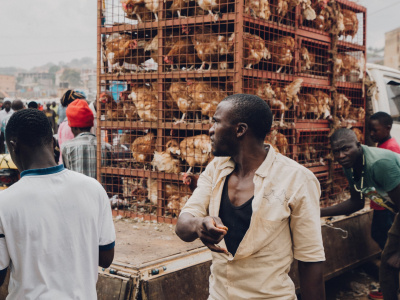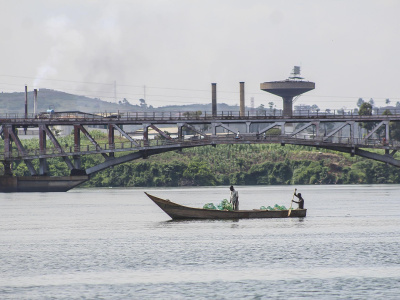
Actors and interests along the Dakar-Bamako corridor
Trade and transport corridors are increasingly seen as means to implement the African Continental Free Trade Area (AfCFTA). Bruce Byiers and Poorva Karkare look at the Dakar-Bamako corridor to find out what economic and political actors and factors explain trade and transport dynamics in the region.
This page is also available in French.
Until recently, the Dakar-Bamako corridor accounted for 80% of Malian trade and the second highest traffic density in the region.
Summary
Trade and transport corridors are increasingly cited as a means to implement the African Continental Free Trade Area (AfCFTA) and are at the centre of the EU’s recently launched Global Gateway strategy for Africa. This paper looks in particular at the Dakar-Bamako corridor that connects Senegal and Mali. Until recently it accounted for 80% of Malian trade and the second highest traffic density in the region.
This has also brought congestion and inefficiencies. In 2011 both governments discussed how to improve transit fluidity and agreed on bilateral reforms at the high level conference at Kayes. However, by 2021 most of the problems still remained. This paper addresses the question: What economic and political actors and factors explain trade and transport dynamics along the Dakar-Bamako corridor?
Given the economic and political interests in the transport sector, actors are driven by considerations beyond that of (economic) efficiency alone. The Autonomous Port of Dakar appears to be investing in maintaining its role in Malian trade by expanding its capacity and role in the region, with high-level political support. At the same time, Malian shippers are courted by other ports in the region, and in turn seek to maintain options in case of instability, whether due to conflict or, recently, the sanctions by the Economic Community of West African States.
A range of bureaucratic and other rent-seeking interests prevent the full implementation of customs and transit measures to improve trade facilitation. This, despite government commitments to improve circulation of traffic and continued external support to reduce obstacles and improve trade facilitation.





